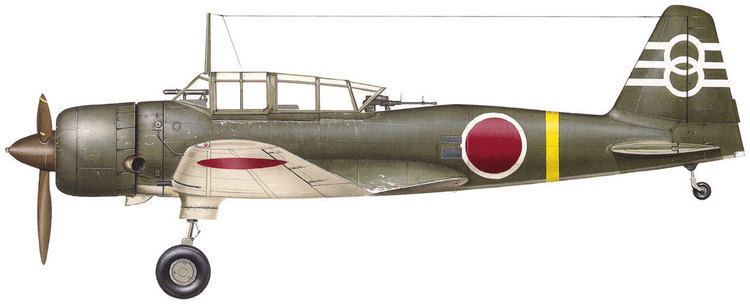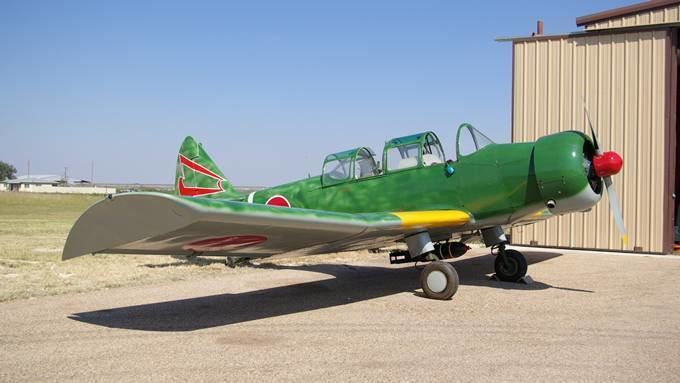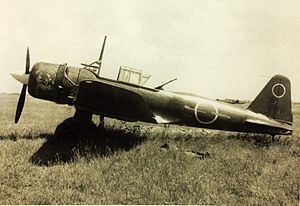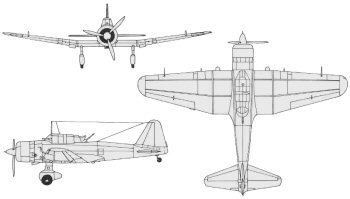Top speed 424 km/h Length 9.21 m | Wingspan 12 m | |
 | ||
Manufacturer Mitsubishi Heavy Industries, Ltd. | ||
Il2 mitsubishi ki 51 allied nickname sonia
The Mitsubishi Ki-51 (Army designation "Type 99 Assault Plane". Allied nickname "Sonia") was a light bomber/dive bomber in service with the Imperial Japanese Army during World War II. It first flew in mid-1939. Initially deployed against Chinese forces, it proved to be too slow to hold up against the fighter aircraft of the other Allied powers. However, it performed a useful ground-attack role in the China-Burma-India theater, notably from airfields too rough for many other aircraft. As the war drew to a close, they began to be used in kamikaze attacks. Total production was around 2,385 units.
Contents
- Il2 mitsubishi ki 51 allied nickname sonia
- Japan ww2 airplane mitsubishi ki 51 ww2 japon aeroplano mitsubishi ki 51
- Versions
- Operators
- Specifications Ki 51
- References

On the day Hiroshima was destroyed by an atomic bomb, two Ki-51s scored the last Japanese sinking of a US warship, sinking USS Bullhead (SS-332) with all hands.

Charles Lindbergh, flying a P-38 Lightning shot down a Ki-51 after a vigorous dogfight in which the much slower Ki-51 utilized its low speed maneuverability and made a fight of it.

Japan ww2 airplane mitsubishi ki 51 ww2 japon aeroplano mitsubishi ki 51
Versions

Operators

Specifications (Ki-51)
Data from Japanese Aircraft of the Pacific War
General characteristics
Performance
Armament
